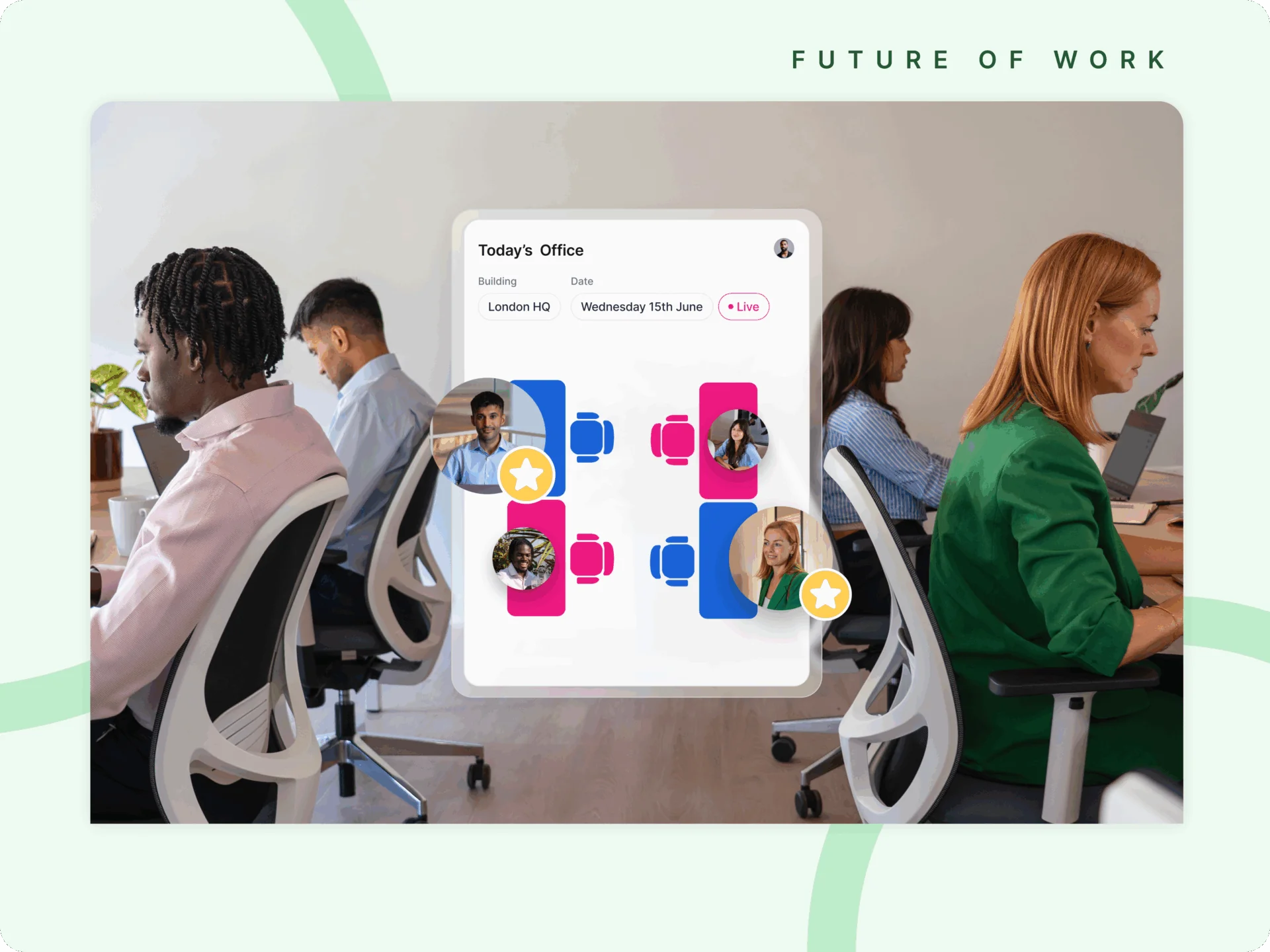As we’ve all come to realize, the workplace isn’t what it used to be. While many companies have clung to the idea that everyone needs to be back in the office full-time, others are challenging this notion—and succeeding in a big way. Enter Trip.com, a travel tech giant that ran a unique experiment with Harvard Business School to see if hybrid work could actually boost their bottom line. Spoiler alert: it did, by millions.
So, what exactly did they do, and what can the rest of us take away from it? Let’s break down Trip.com’s approach, what they learned, and how other companies can apply these lessons to make hybrid work not just possible, but profitable.
The Experiment: A/B Testing Hybrid Work
Trip.com didn’t just make the leap into hybrid work blindly; they decided to put it to the test. They split employees into two groups:
- Group A: The usual 9-to-5 in-office setup, five days a week.
- Group B: A hybrid model, where employees could work from home two days a week.
By comparing these two groups, Trip.com wanted to know if hybrid work actually made a difference in productivity, happiness, and (let’s be real) their expenses.
What They Found: Hybrid Work Pays Off
After running the test, the results were clear: the hybrid team performed just as well as the full-time office crew, if not better. This supports what many of us suspected—fewer office distractions and a break from the daily commute can actually help people get more done.
But here’s the kicker: by cutting down the number of people in the office each day, Trip.com saved a ton of money on operating costs, like utilities and office upkeep. We’re talking millions in savings. And to top it all off, hybrid employees reported higher job satisfaction, which means they’re more likely to stick around. Talk about a win-win.
Boosting Employee Happiness With Flexibility
One of the standout findings from Trip.com’s experiment was that hybrid work made employees happier. Being able to work from home two days a week gave people a better balance between work and life, and it reduced burnout. For those who have felt drained by the demands of traditional office life, hybrid work offers a much-needed relief valve.
This matters a lot when it comes to attracting and keeping great talent. People today value flexibility almost as much as their paycheck. If your company isn’t offering some form of hybrid work, there’s a good chance you’re missing out on top talent that’s looking for that flexibility.
The Hard Data
This lead to a huge 35% drop in attrition.
Before the experiment, managers expected hybrid work would cut productivity by 2.6%. But after six months, they saw a 1% productivity boost.
Employees in the hybrid model also reported higher satisfaction levels.
The hybrid approach not only keeps current employees happy but also makes Trip.com more appealing to future hires who expect that same flexibility.
Cutting Costs And Boosting Revenue
The financial benefits of Trip.com’s hybrid model were significant. By having fewer people in the office daily, the company cut back on expenses like utilities, office supplies, and even space requirements. This allowed them to reinvest those funds into resources that support hybrid work, like tech upgrades and remote-friendly tools.
So if you’re still thinking that hybrid work is just about giving employees a little more freedom, think again—it’s also a solid financial strategy.
Tech Makes It Possible
Trip.com didn’t just tell employees to “go hybrid” and call it a day. They invested in the right tools to make hybrid work run smoothly. With a solid setup of collaboration and communication platforms, employees could stay connected and productive no matter where they were working from.
If you’re considering the shift to hybrid, make sure your tech is up to the task. Tools like Kadence, for example, help manage hybrid schedules, keep teams in sync, and offer insights on team performance. It’s a good reminder that hybrid work isn’t just about where people are working—it’s about how they’re able to work effectively from any location.
Bringing Trip.com’s Success To Your Company
Ready to give hybrid work a try? Here’s what Trip.com’s experiment can teach us about doing it right:
- Start Small, Measure Big: Like Trip.com, start by testing hybrid work with a pilot group. Track the impact on productivity and happiness to see what works best.
- Set Up the Right Tools: Hybrid work requires solid tech, so invest in platforms that support team collaboration and scheduling.
- Make Flexibility a Core Value: Flexibility shouldn’t just be a temporary fix; it should be part of your culture. Empower employees to work in ways that boost their productivity and well-being.
- Keep Measuring and Adjusting: Regular check-ins and reviews can help you fine-tune your hybrid strategy to ensure it meets both employee and business needs.
- Focus on Employee Wellbeing: Hybrid work can be a huge boost for work-life balance, but only if it’s done thoughtfully. Listen to employee feedback and make adjustments as needed.
Hybrid Work: More Than A Trend
What Trip.com’s experiment really shows us is that hybrid work is here to stay. Their results are proof that a flexible model can increase employee happiness, reduce costs, and even boost company profits.
For companies still debating whether to embrace hybrid work, Trip.com’s experience should make it clear: flexible work can drive real success, and not just in theory. It’s about creating a work environment where people can thrive and businesses can grow.




